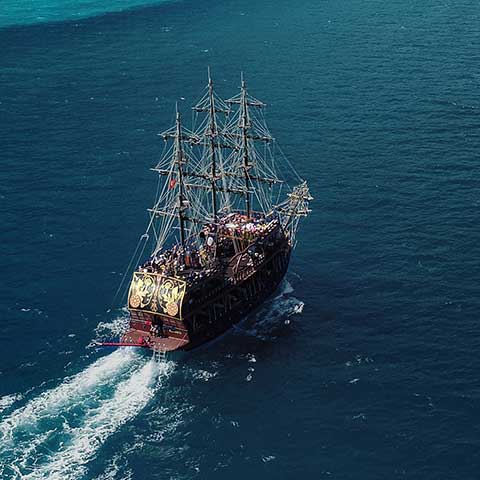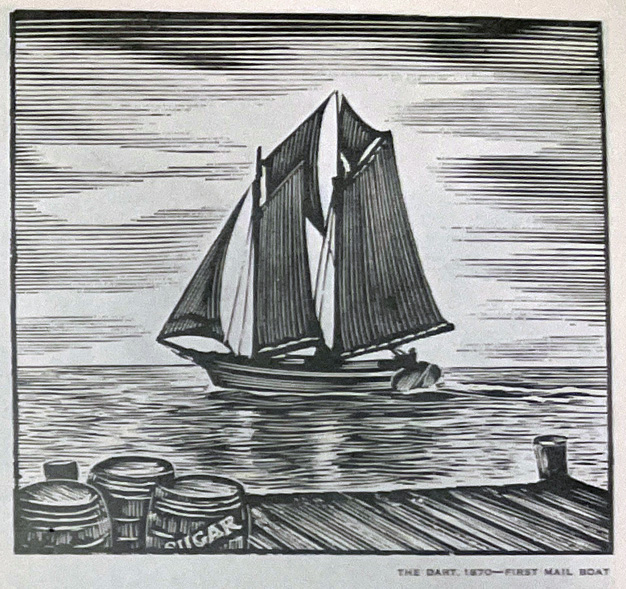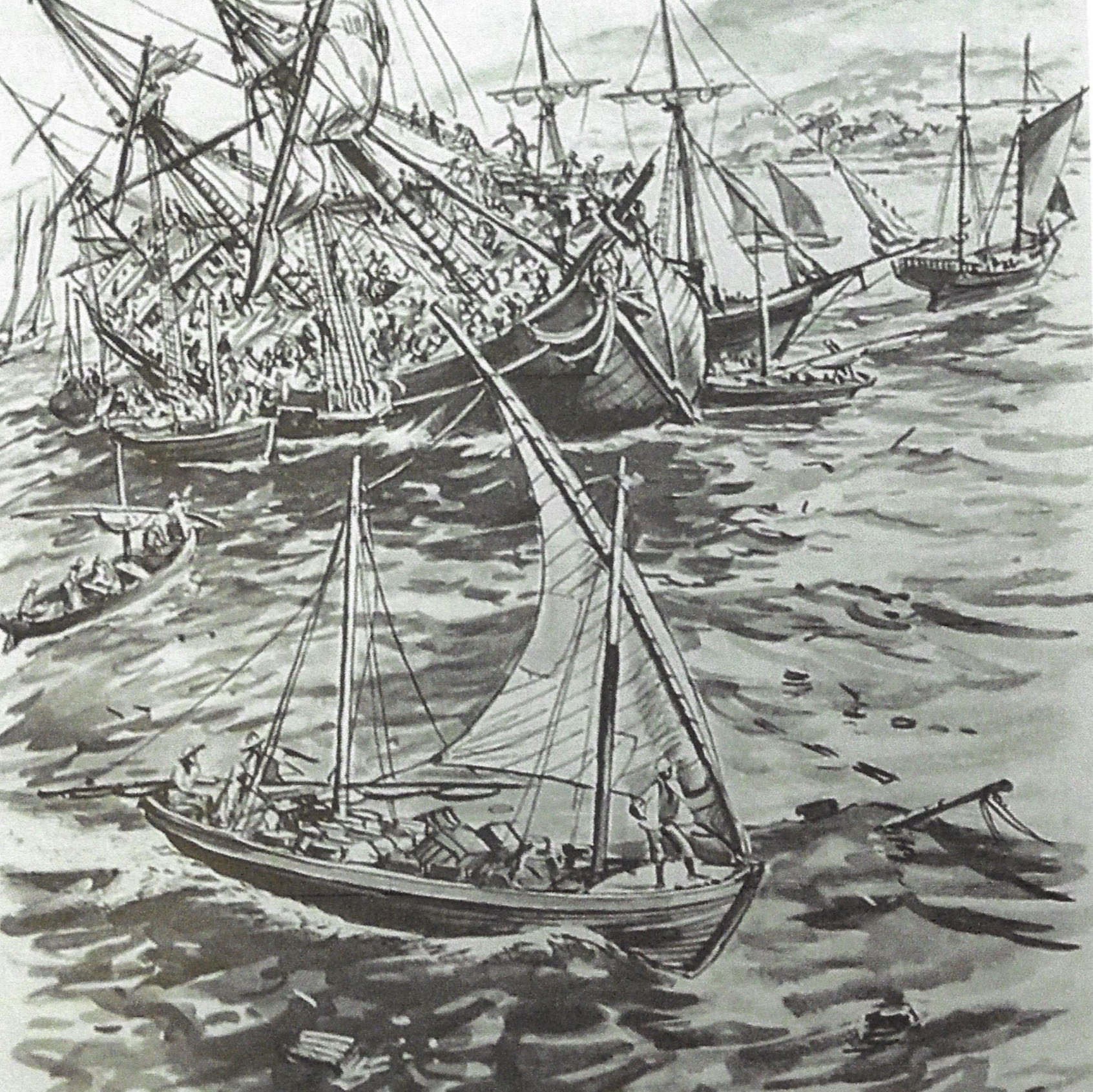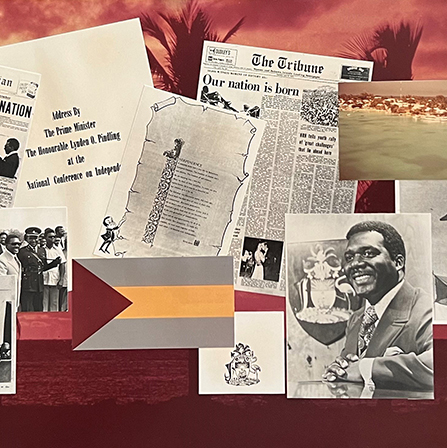The Lucayan Beach Sunken Treasure
Nov. 11, 2021

In the summer of 1964, divers working off Lucayan Beach, Grand Bahama Island, found an unusual anchor on the seabed. This anchor lacked the usual cross arms which indicated that it came from an early vessel. The next day, the divers located two cannons, ballast stones and silver coins. The boat had grounded, it appeared, in ten feet of water between two reefs only half a mile from the shore. The bottom of the boat had been ripped away, spilling the coins and ballast over a large area of seabed.
The somewhat primitive diving methods at the time had been sufficient to recover much of the wreckage but the coins, which were light enough to be dispersed by the currents, lay undetected for over three hundred years. By the time they were discovered, recovery was easy. The coins were brought to the surface in conglomerate form, bonded together by the coral growths, and later cleaned and sorted.
One of the most exciting aspects of this treasure is its origin. Although we cannot prove anything absolutely there are certain facts which, put together, do more than just hint at a remarkable story.
Many of the recovered coins bear the date 1628 (proving the wreck could not have occurred earlier) which was also the occasion of a remarkable piece of piracy. Each year in the late summer, before the start of hurricane season, the Spanish treasure fleets would center on Havana and then, loaded with silver for the Old World, would sail “the Golden Road” back to Spain. On September 8, 1628, a marauding Dutchman, Piet Heyn, surprised the Spanish fleet in Mantaza Bay, Cuba, and captured them all, lock, stock and bullion. Piet Heyn returned home a national hero whereas the Spanish Captain General was executed and the Admiral banished to North Africa. It seems almost certain that the wrecked ship was part of the captured fleet.




